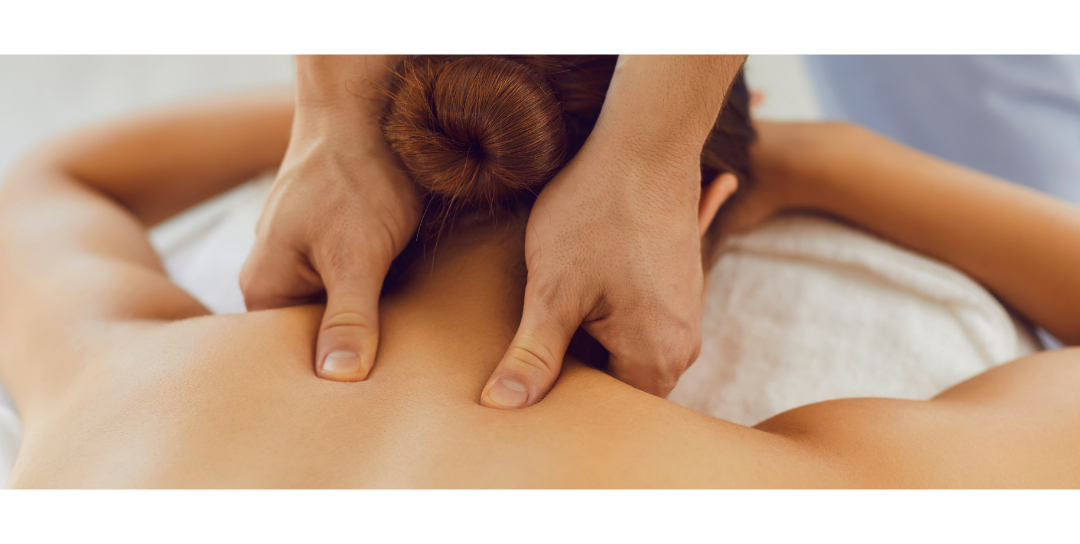What is Osteopathy and How is it Different than other Manual Therapies?
As many people are being introduced to Osteopathy [ostee-op-athee], many are wondering what exactly Osteopathy is and how is it different than other manual practices?
Osteopathy is a gentle hands-on therapy that is focused on the relationship between the structure and function of the human body. Osteopathic Manual Therapy (OMT) is based on the belief that the body can self-heal and self-regulate. This means that through OMT we can make an adjustment to the structure, which in turn affects the functioning of the body to allow for healing.
Throughout an osteopathic treatment, your osteopathic manual practitioner (OMP) will move in and out of assessment and treatment seamlessly. Your OMP will be looking for areas of restriction, tissue texture change, asymmetry and sensorial changes that may be leading to dysfunction. Throughout treatment, your OMP will be not only focused on a specific area, but they are also thinking of the areas that are connected. We are constantly asking “why”. Why is that area restricted? What could be holding tension in this area? This thinking helps us find the root cause(s) of your pain – which may not be the area in which you are experiencing pain. One of the core principles of osteopathy is that the body is a dynamic unit of function, which means that everything is connected through anatomy and physiology. Generally, this means that you may come to see us with the primary complaint of shoulder pain, but we will also consider assessment not only directly around the shoulder and the shoulder itself, but the hips, neck, thorax, etc.
What should I expect in an Osteopathic treatment?
In your initial Osteopathic treatment, your OMP will go through a detailed health history to understand why you are seeking osteopathic treatment, but to also understand the overall health of your body and any past injuries or patterns that may be contributing to your pain or dysfunction. Once your practitioner understands your health history, they will begin with your assessment and treatment. Generally, an assessment and treatment will last 30 minutes, with the option of a longer appointment depending on your concerns. It is determined with your practitioner depending on what is best for your body. Within your appointment your OMP will assess head to toe, as each time you come into treatment, your body may have changed from the last treatment, as well as changes your body experiences daily. We must reassess to determine the progress and changes your body will continue to go through. This is why no two treatments are the same. Treatment is very gentle overall, as your practitioner is trying to work with your body’s tissues to create lasting change, however, there may be moments your practitioner may find a tender spot as they work. Your OMP will work with you to ensure you are comfortable throughout treatment by keeping an open dialogue.
What makes Osteopathy different than other manual therapies?
You can find many similarities between other manual therapies and Osteopathy; however, Osteopathy is unique in the way we look at and treat the body. We do assess all layers of the body, from the fascia (the connective tissue that surrounds organs, vessels, muscles, and bones in the body) to the bony and ligamentous structure. While we will address the main area of concern, we will always look at the entire body. While other manual therapies may focus primarily on one layer such as the bony tissue, soft tissue, or joints in treatment, OMT will assess all those areas in each treatment. The foundation of our studies is on anatomy and physiology and how it is all connected and related. We rely on our palpation to assess the body. Therefore, our understanding of anatomy must be comprehensive. As we assess each area of the body, we need to understand what structures are under our hands as well as what vessels and nerves supply the area. This allows us to determine and treat the root cause(s) of your pain.

Recent Comments